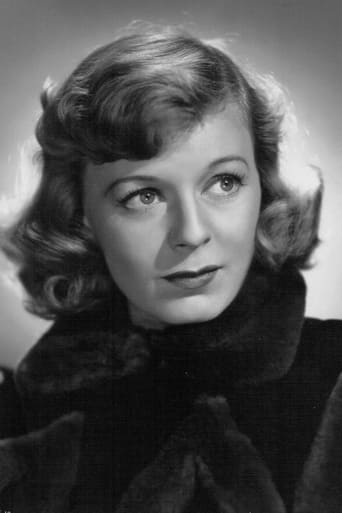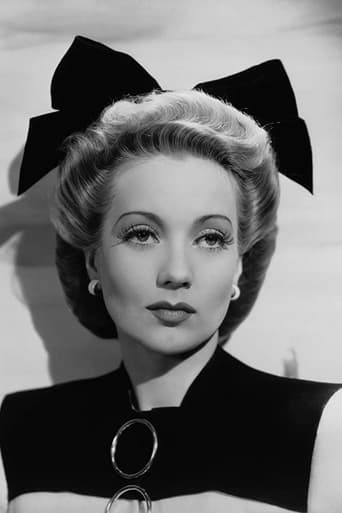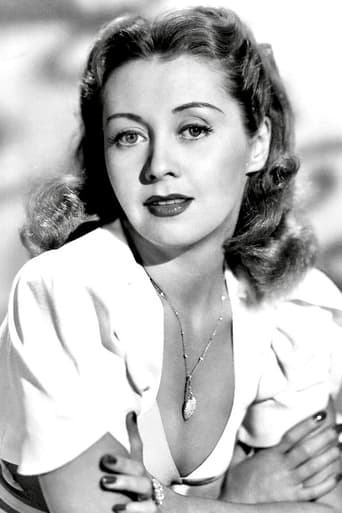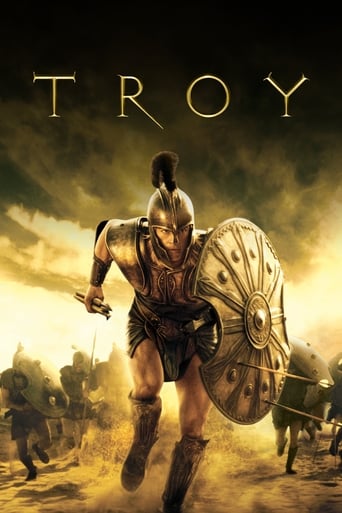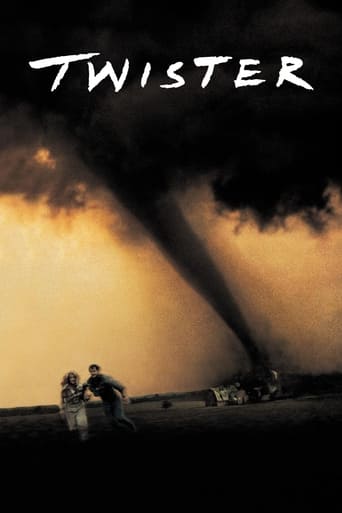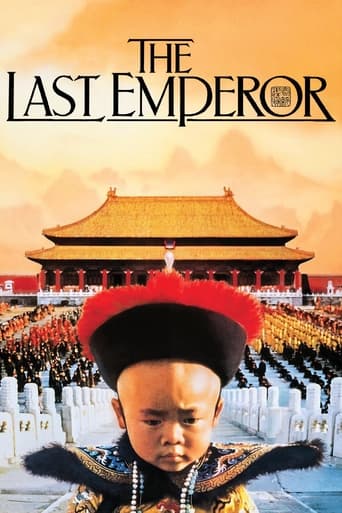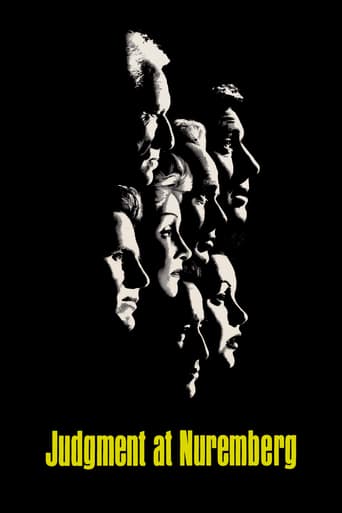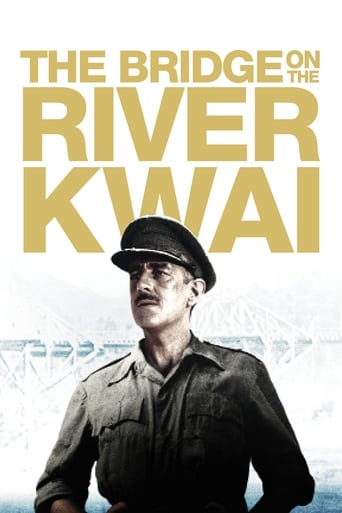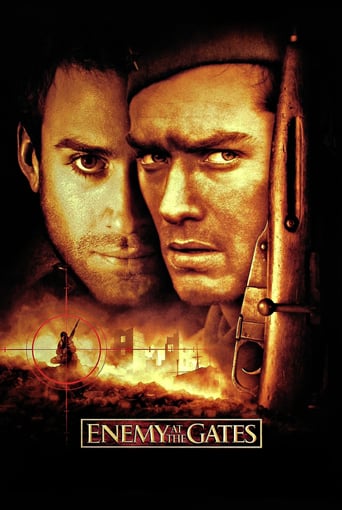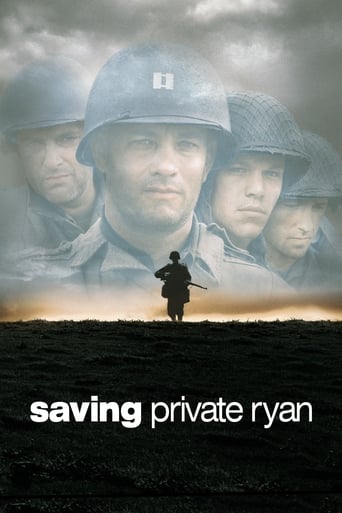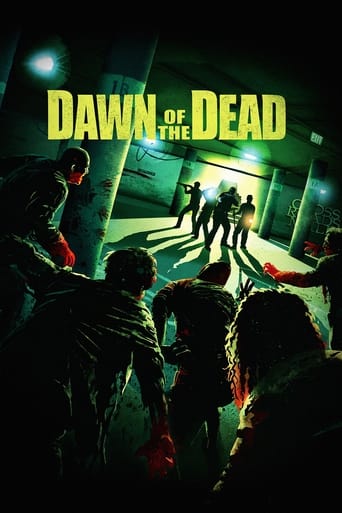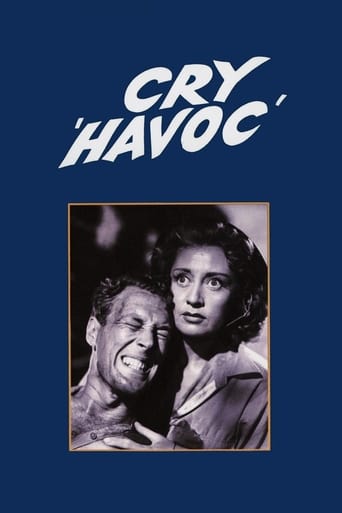
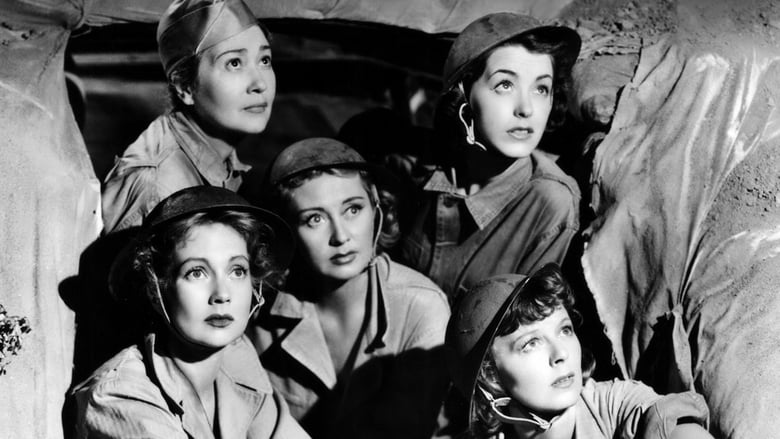
Cry 'Havoc' (1943)
The Army nurses on Bataan need help badly, but when it arrives, it sure isn't what they expected. A motley crew, including a Southern belle, a waitress, and a stripper, show up. Many conflicts arise among these women who are thrown together in what is a desperate and ultimately hopeless situation.
Watch Trailer
Cast
Similar titles
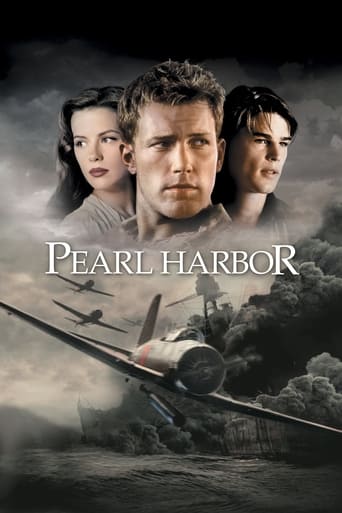
Reviews
A Masterpiece!
The performances transcend the film's tropes, grounding it in characters that feel more complete than this subgenre often produces.
Ok... Let's be honest. It cannot be the best movie but is quite enjoyable. The movie has the potential to develop a great plot for future movies
Let me be very fair here, this is not the best movie in my opinion. But, this movie is fun, it has purpose and is very enjoyable to watch.
Directed by Richard Thorpe, with a screenplay by Paul Osborn that was based on the play by Allan Kenward, this nearly all female cast war drama tells the harrowing story of thirteen women on Bataan during World War II just prior to its being overrun by Japanese forces in 1942.Led by two veteran nurses, Lieutenant Mary Smith 'Smitty' (Margaret Sullavan) and Captain Alice Marsh (Fay Bainter), nine novice (e.g. only first aid expertise) volunteers receive on-the-job training (and quinine) to do the best they can to assist the officers with the continuous supply of American G.I. casualties on this precarious peninsula in the Philippine Islands. Connie Gilchrist, who plays the steady cook with a dry wit Sadie, and Marsha Hunt, who plays an already trained civilian that's calm and reasoned under all circumstances, Flo Norris, are the other two women.The volunteers are streetwise Pat Conlin (Ann Sothern), former burlesque stripper Grace Lambert (Joan Blondell), fashion writer from a wealthy family Connie Booth (Ella Raines), attractive brunette Helen Domeret (Frances Gifford), Alabama southern belle with an eye for the "boys" Nydia Joyce (Diana Lewis), virtually invisible Steve Polden (Gloria Grafton), local Luisita Esperito (Fely Franquelli), Andra West (Heather Angel) and her younger sister Sue (Dorothy Morris). Robert Mitchum appears briefly, and uncredited (like all the other characters), as a groaning soldier. References are made to General MacArthur, Corregidor, and President Truman's order to evacuate which supersedes MacArthur's to dig in.Though the film contains a few (unimpressive and requisite) action sequences, the story primarily takes place in the women's bunker, where they sleep and eat; there are a couple of scenes in the outer office of a never seen Lieutenant Thomas Holt (Addison Randall, uncredited does appear with field glasses covering his face near the very beginning), where a communications switchboard is operated by the women. Most of the scenes involve the women talking about their lives, the war, and its effect on themselves, their emotions, and each other.Young Sue West talks about the simplicity of the situation (e.g. what's at stake): if they enemy wins, "we" die; she even says "if one of us dies, all of us will". She's the first to be lost in the first of the ever present air raid(s); she's later found, having lived trapped for four days among dead soldiers in a collapsed structure, such that she's pretty much a shell shocked basket case from then on. Her older sister Andra ends up being the second one to go missing, but later returns to triumphantly tout that she'd shot down an enemy plane when her anti-aircraft gunner "boyfriend" let her "man" the controls.Connie, who'd initially been the biggest "fish out of water" and the most scared of the enemy's continuous bombing raid poundings, ends up growing a spine when a soldier dies in her arms such that she's the first to say she'll stay to the fateful end when the volunteers are given the opportunity (an hour into the film) to participate in a last chance evacuation. Ironically, she's the first to really die when she's strafed while swimming by an opportunistic Japanese pilot. It's also inferred that the enemy intentionally bombed the hospital. Helen, who initially expresses interest in Lieutenant Holt, is a calming influence and a voice of reason among the women while Grace, who laughingly tries to distract everybody's maudlin outlook by demonstrating her striptease act, says some things she shouldn't when her leg is wounded (an injury that magically disappears later).The film's main subplot is relational, and it involves Smitty and Pat. Captain Marsh appears only briefly in a few scenes, including one at the beginning which is confusing until the end and one near the film's conclusion when she (somehow) appears in the bunker just before the voice of the enemy is heard outside. Pat has eyes for Lieutenant Holt, with whom (off-screen) she flirts incessantly to no avail. She's aware the Smitty is also interested in the Lieutenant, but doesn't see the seemingly all business, serious, and even homely nurse as much competition.But Smitty has two secrets: not only is she suffering from malignant malaria (her Captain had wanted to evacuate her to better doctors in Australia even before the volunteers had arrived) but, as a civilian nurse, she'd married Lieutenant Holt; she's able to keep both of these facts from the others until (late in the film) she has an attack and reveals them to Flo, who then relates them to Pat. The film's final scene, after the bunker had been vacated by the others, with their hands above their heads, under orders from an unseen yet English speaking Japanese invader, shows these two women coming to terms with (respect for) one another.
WWII curiosityan all female cast, and those men that do briefly appear are wounded servicemen dependent on the women. The girls are nurses in a field hospital in the Phillipines just as the islands are falling to the Japanese. They're volunteers recruited at the last minute as the bombs are falling. So we wonder how well these comely civilians in their mascara and lipstick will perform under extreme battlefield conditions.Good cast. But somehow the movie doesn't live up to the material's potential. As I see it, the problem lies with director Thorpe who films the dramatics from an impersonal distance as if it were still the stage play from which the movie was adapted. With the basically single set where the girls live, there's not much room to move about. So when the bombs fall or one of the girls freaks out, close-ups of personal reactions are needed, not a continuing group scene that disperses the emotion. There's a ton of dramatic material to engage with here, but too much is allowed to impersonally slip by.Nonetheless, it is an entertaining cast, especially the two dames, Blondell and Sothern. They're natural rivals with their sassy wisecracking that keep the audience amused amid the grimness. Sullavan with her husky voice and domineering demeanor makes an unusual screen presence, as does the rail-thin, sharply intelligent Marsha Hunt. I just wish the Japanese planes had let Blondell finish her mock striptease.The play was put together in 1942, the war's darkest period. This 1943 movie reflects many of these somber prospects, and is thus of some historical interest. Clearly, the purpose is to show that the girls can rise to wartime challenge as well as the boys, and by focusing on the women, we know the spirit comes from them and not from some male overseer. This is one of the few WWII films that really had me guessing about the ending. As it turns out, I failed. Nonetheless, there's enough suspense and good acting to make up for the parts that now (perhaps thankfully) seem dated and distant.
This was a great WW II film which supported the war effort in America as we were fighting Japan and Germany, huge evil threats to the world. This story revolves around some new nurses who have to experience bombing raids as they are about to eat their evening meals. Ann Southern, (Pat Conlin), Joan Blondell (Grace), Ella Raines (Connie Booth) and Marsha Hunt,(Flo Norris) "Chloe's Prayer",'05. All of these women had great careers in Hollywood, some were just character actresses like Marsha Hunt, who had a cute turned up nose and simply never got the man she fell in love with. During the Joseph McCarthy Era, when McCarthy was investigating actors for being associated with the Communist party, Marsha Hunt was placed on his Black List, which turned out to be a false story. This film is a definite look back at the past and the opportunity to see great actors just starting their careers on the Silver Screen in Hollywood.
I agree with almost all of the comments above, except in one important aspect. In calling "So Proudly We Hail" 'superior' to "Cry Havoc," the writer overlooks the fact that, as in most Golden Era films, women's stories were almost exclusively told in relation to their romantic relationships with men. What hobbles "So Proudly We Hail" (and it is a terrific film, don't get me wrong), is its constant undercutting the challenges and dangers faced by WWII American nurses in the Pacific by shifting the characters' priorities to romance. That detail is handled very nicely in "Cry Havoc" by having almost no men appear. "Smitty" and "Pat" face off over a man, sure, but we never see him and so it becomes a greater conflict about command, duty, subordinating oneself to the greater good etc. And face it, as wonderful as films from this era are, its all too rare (then and now!) that those kind of issues are presented as significant to women. So in some ways, although "Havoc" could be considered more static and talky (from its stage origins, as mentioned above), I find it "better" than "Proudly," because I feel it lets the women stand front and center -- and stay there. Enjoy this rarely seen film!
